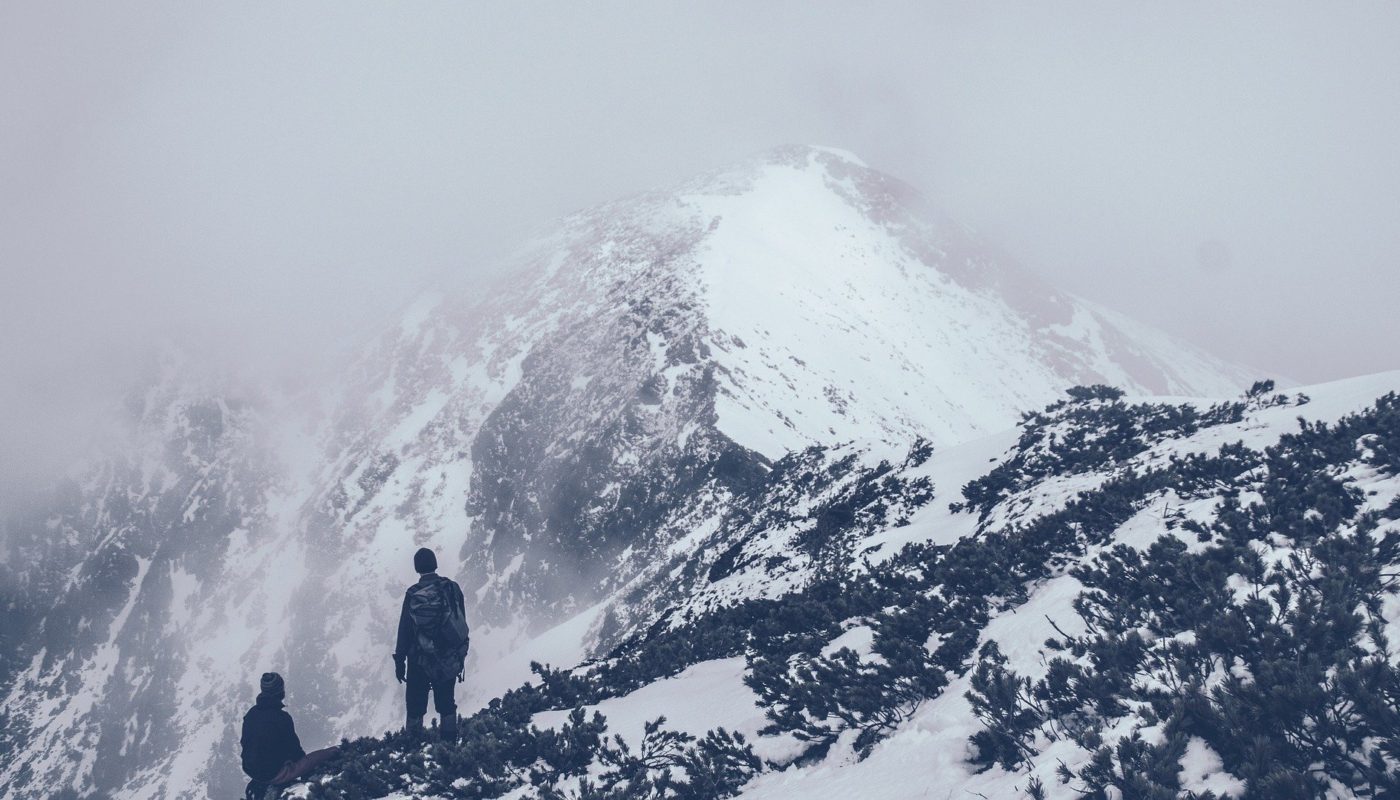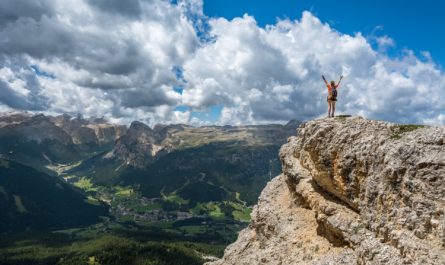There is a whole world out there of “extreme sports,” outdoor activities wherein your inevitable demise may occur. Still, that doesn’t prevent a lot of people from giving these extreme sports a try. For many, the danger is part of the thrill that draws them to it and makes the life-threatening endeavor worthwhile.
One such sport is mountain climbing. If it wasn’t extreme enough trying to scale a dangerous mountain with deadly drops, some adrenaline-seeking climbers attempt to climb with no leads, hooks or carabiners!
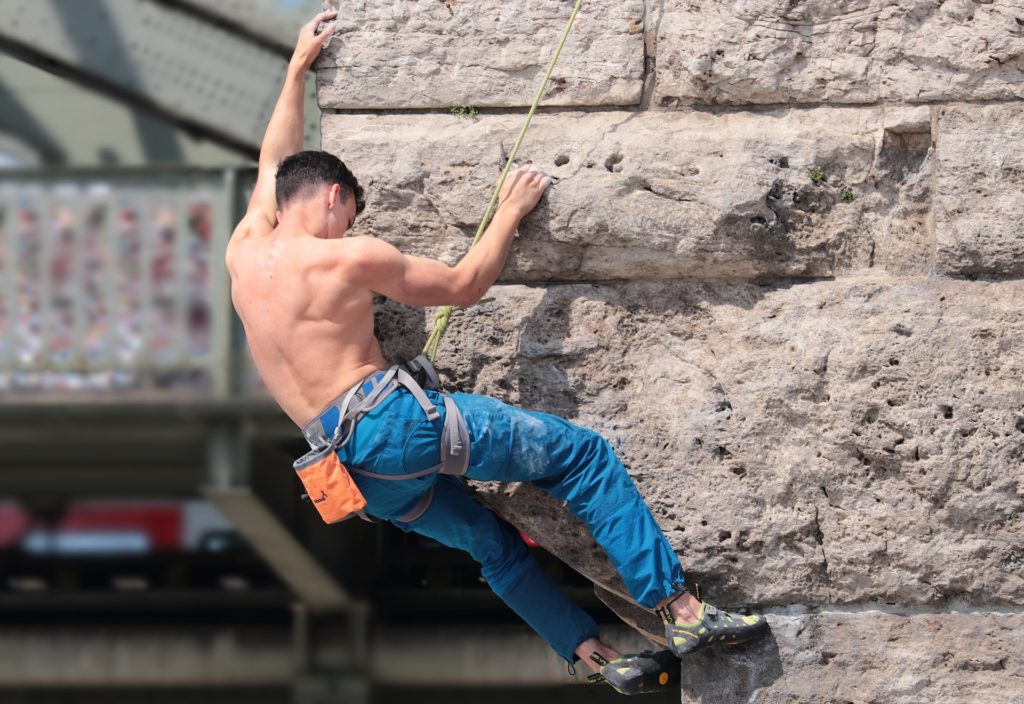
If you are one of those people who seeks danger, adventure and the next big adrenaline rush, you might be tempted to try mountain climbing or mountain climbing bare-handed. If that is the case, you should at least be well-informed of the dangers of mountain climbing, as well as some of the most challenging mountains in the world to climb.
Mortality Rates by Mountain
In spite of the dangers, the mortality rates for rock and mountain climbing are actually quite low. Adequate knowledge and extensive training provided to beginners through advanced climbers reduces the mortality rate. Except for certain specific mountains, the mortality rate overall is less than one percent per year, a significantly small number of deaths. You are only slightly more likely of dying from a fall on a mountain climbing expedition as you are of dying by shark attack swimming in the ocean.
As for the mountains on which you are most likely to have a fatal accident, they are Cho Oyu, Mount Everest, and Annapurna I, all of which are located in the Himalayas. Their mortality rates are hundreds to thousands of percents higher than any other rock or mountain climb in the world. However, as a beginner or intermediate climber, you are definitely not likely to be climbing any of these any time soon. They are only for the most advanced and most skilled of climbers.
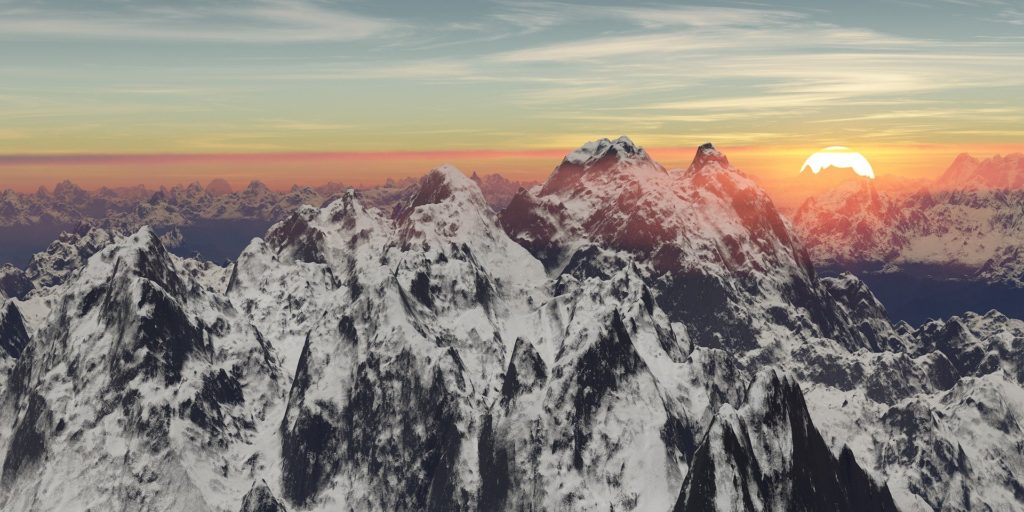
The big reason the Himalayas are so dangerous comes down to their altitude, not because you have further to fall, but because the air is thinner and colder. Typically, between 5 and 10 people die per year attempting to climb Everest. While falls certainly happen, the bigger killers tend to be altitude sickness and hypothermia. There’s the occasional avalanche, too.
Free Soloing
Climbers who already have some experience like to try “free soloing.” This takes absolute upper body and torso strength to accomplish, since you are hoisting your own weight ever upward without ropes, carabiners, pulleys, tie-off stakes, etc. You might have seen car advertisements or scenes in a movie where someone is just reaching with gloved and resin-powdered hands for an outcrop of rock they can grab onto next. This is often the image of mountain climbing (technically rock climbing) people have in their minds, but the reality is only a small number of climbers choose to free solo it.
If you slip and can’t grab anything on the way down or hit a flat area, you could fall all the way to the ground. Most people who have tried this and fallen rarely survive, especially if they fell from thirty feet up or more. Free soloists refer to the point of no safe return and a likely lethal fall as the “death zone,” which is any height above thirty feet. Think third or fourth floor window, that’s where the death zone starts. You have to be in the best physical condition of your life and a really advanced mountain/rock climber to even attempt a free solo climb.
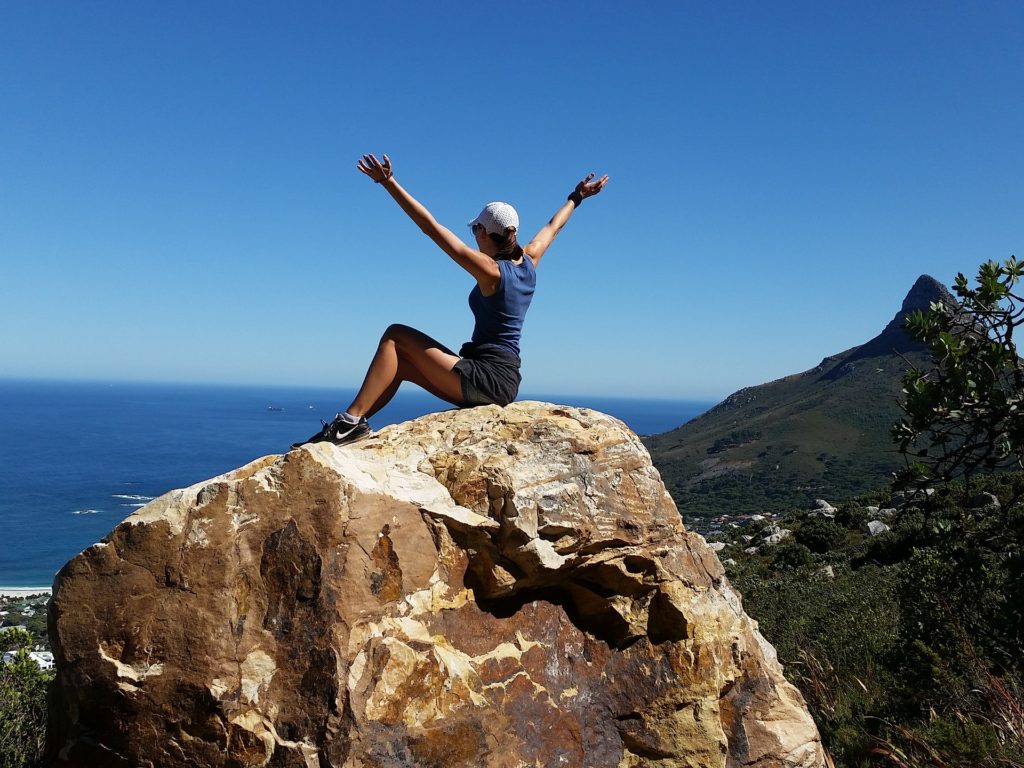
In terms of deaths, over 25 of the world’s most famous free soloists have died in the last several years. They were some of the best in their field, even competing to gain a title above each other for most daring climb or fastest ascent. If the best of the best have died, you might too. If you are still bent and intent on doing this extreme sport, make sure your heart, lungs and body are ready for it. Start small and gradually train bigger and bigger.
Weather, Rock Faces, Low Oxygen and Other Threats
Finally, climbing any “rock” or mountain means facing natural dangers. Even if you have a harness and all of the safety gear in the world and that safety gear does not fail you, there are other dangers present. For example, climbing a mountain in the Himalayas presents with extreme temperatures, regardless of the time of year. While it might be slightly warmer in summer near the summit than it is in winter, it still requires you to wear heavier clothing to keep from getting frostbite or hypothermia.
There is always the possibility of rain or blizzards too. Denver, Colorado, for example, just experienced an out-of-season blizzard in summer as a result of a weird weather front that came over the mountains. If you had been climbing in those mountains at that time, you would have been blasted first with an icy rain and then with blinding snow! Weather can catch you off-guard if you are not fully prepared for your climb.
Rock faces can be slow, steady, steep, flat, rocky or anything in between. Learning to climb different rock faces is key to enjoying the sport and surviving. Find the easiest rock faces to master first.
Low oxygen is quite common the higher up you climb. For this reason, many climbers have to take breaks when they climb some of the highest mountains in the world. They have to allow their bodies to adjust to lesser oxygen or risk passing out and falling. Some will carry small oxygen tanks in their packs as an emergency tool, but you have to be really careful with that.
Other dangers include flying birds, bats, venomous snakes, spiders and scorpions that hide in the clefts in the rocks, etc. If you are a thousand feet up and wildlife attacks you, you have to know what to do. Getting stung, bitten, scratched or pecked repeatedly can cause you to lose focus and lose your grip. Only your gear can keep you from falling but other life-saving measures require a pre-climb plan of action.
Be as Safe as Possible
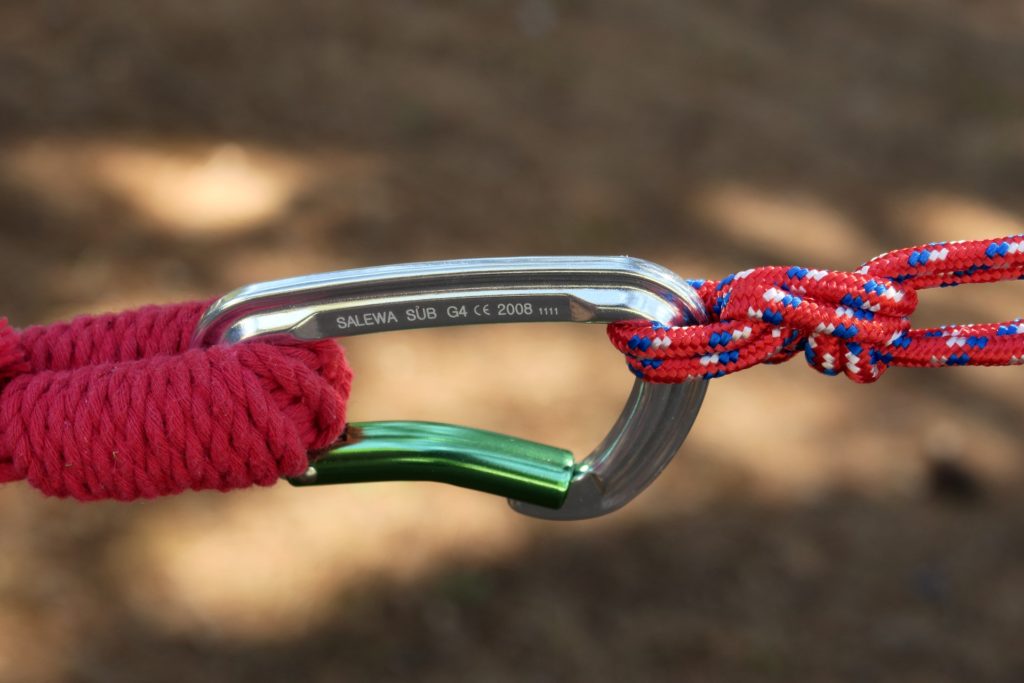
The important thing when getting into mountaineering or rock climbing is to understand the risks involved and be sure to take appropriate safety precautions. This certainly means harnesses and gear, but it also means physical and mental preparation. Just because these sports are inherently dangerous doesn’t mean a fatal result is a foregone conclusion.
While free soloing and taking on more than you can handle will greatly increase the risk, the actual risks are pretty low if you proceed with caution. So don’t let the bad stories scare you away from what can be a fun and exciting activity to take up.

